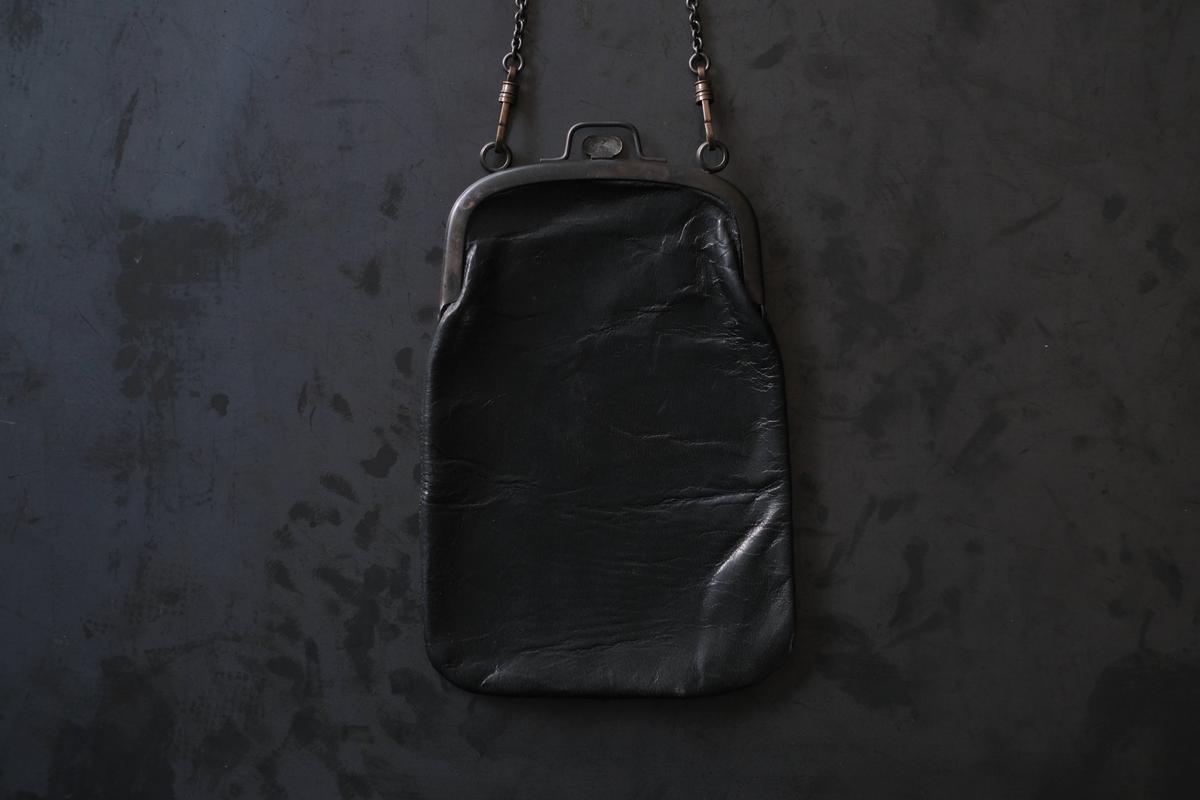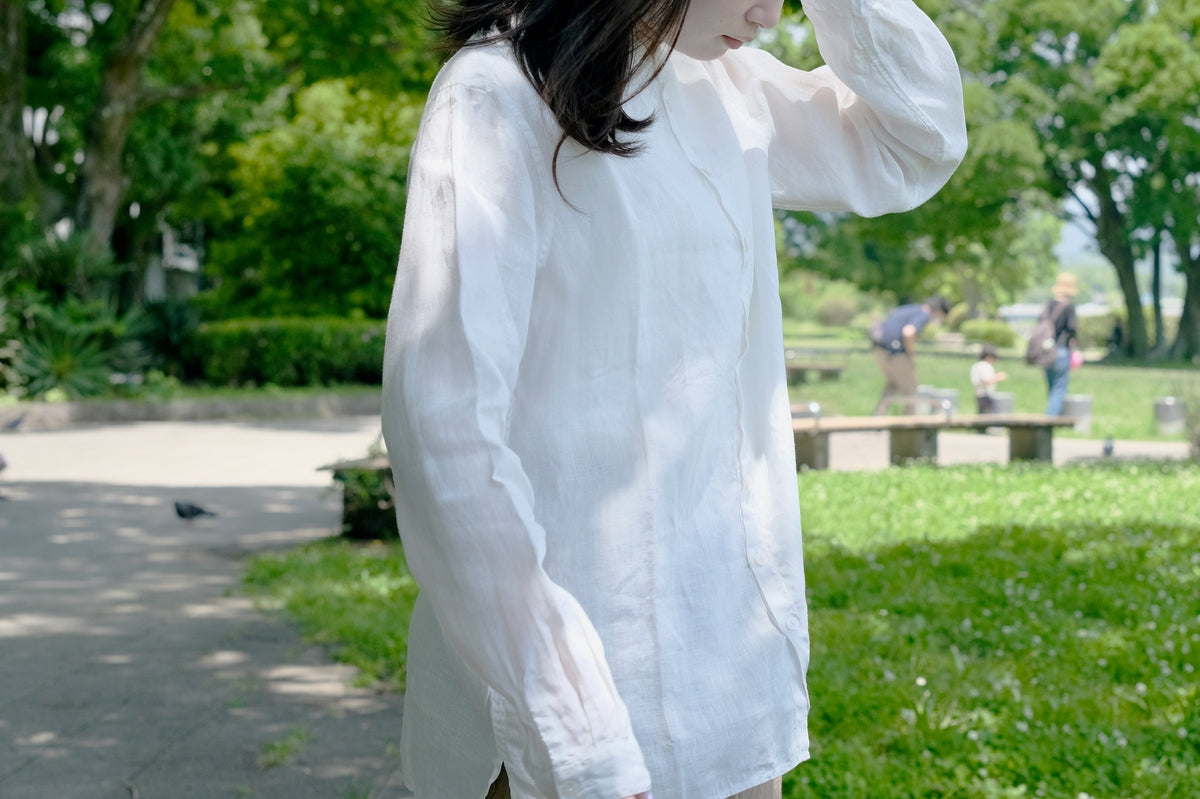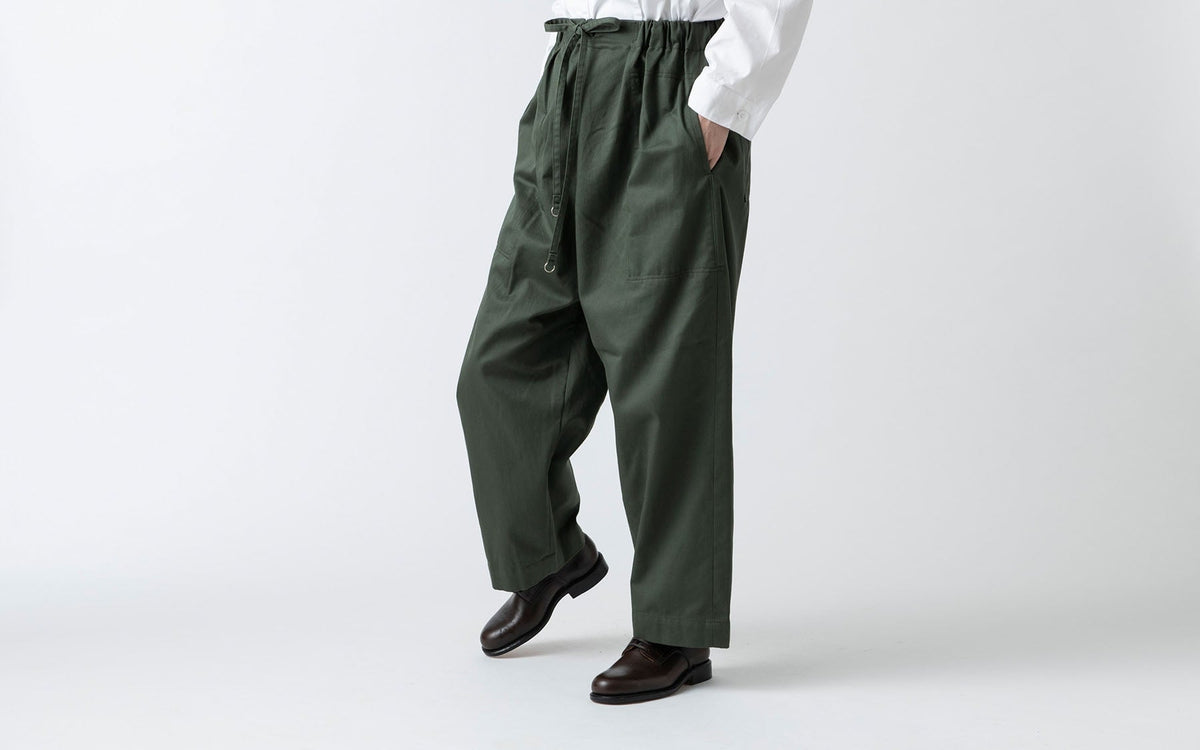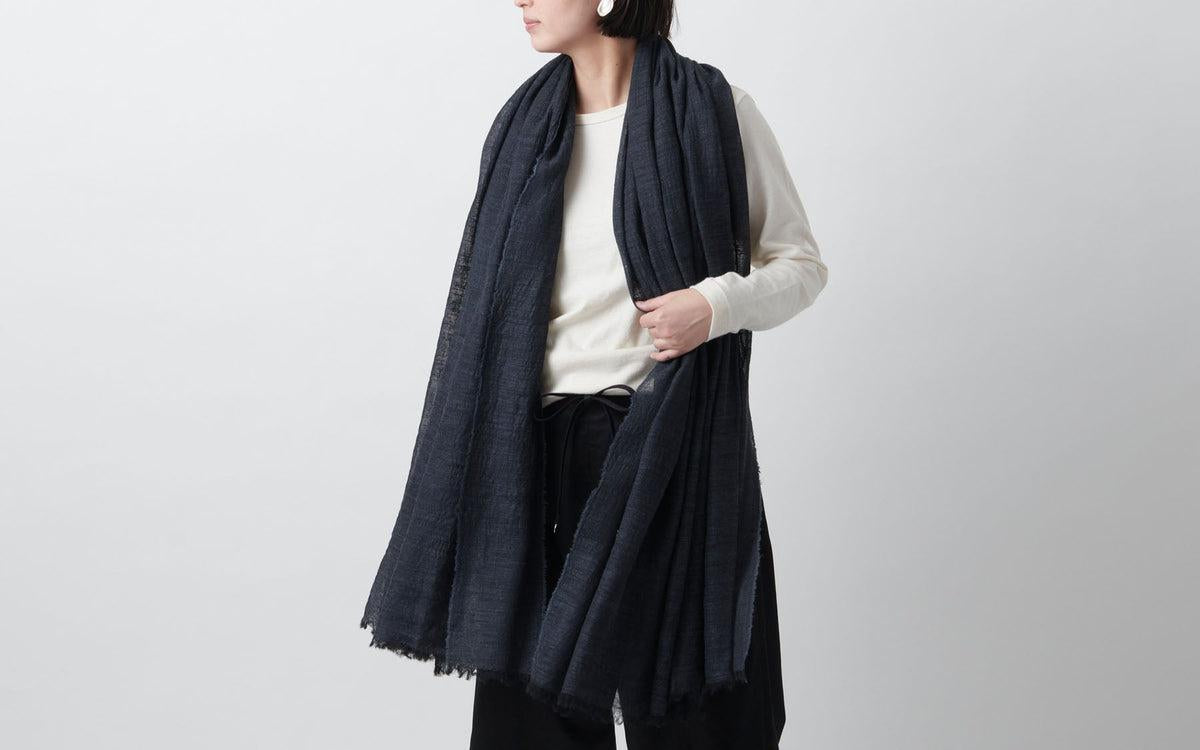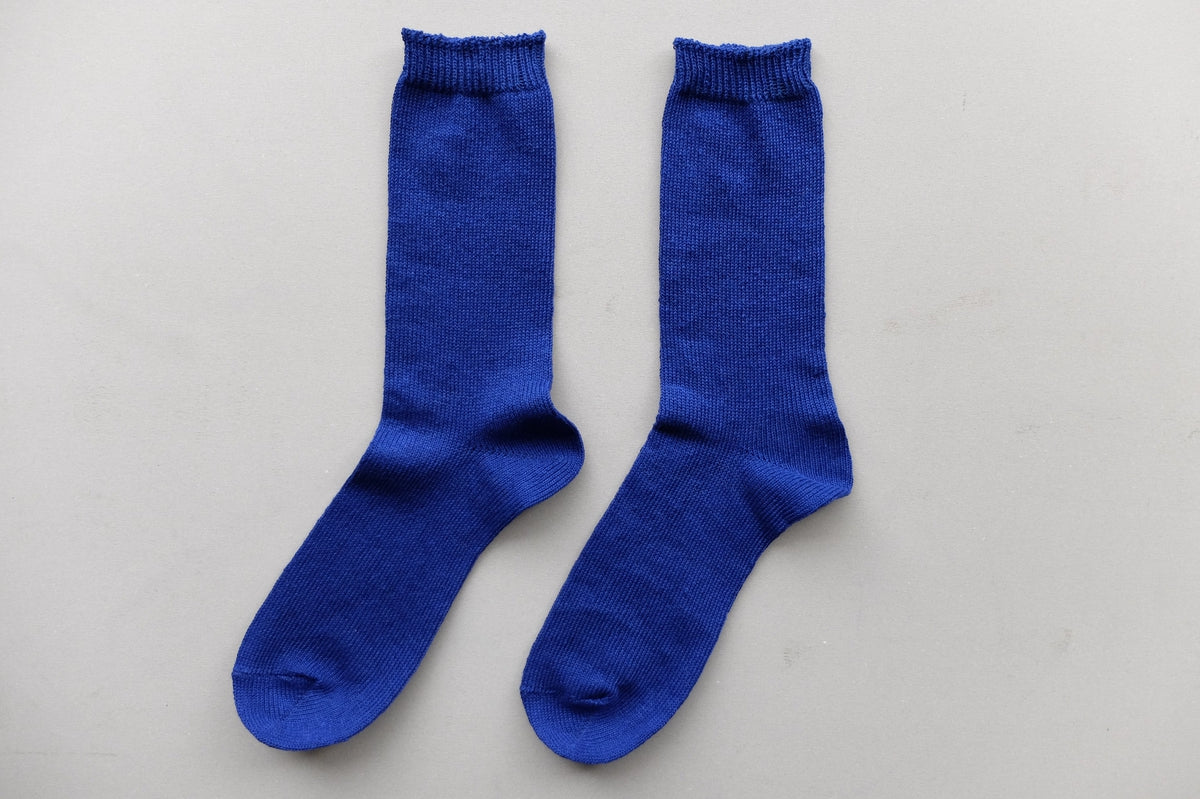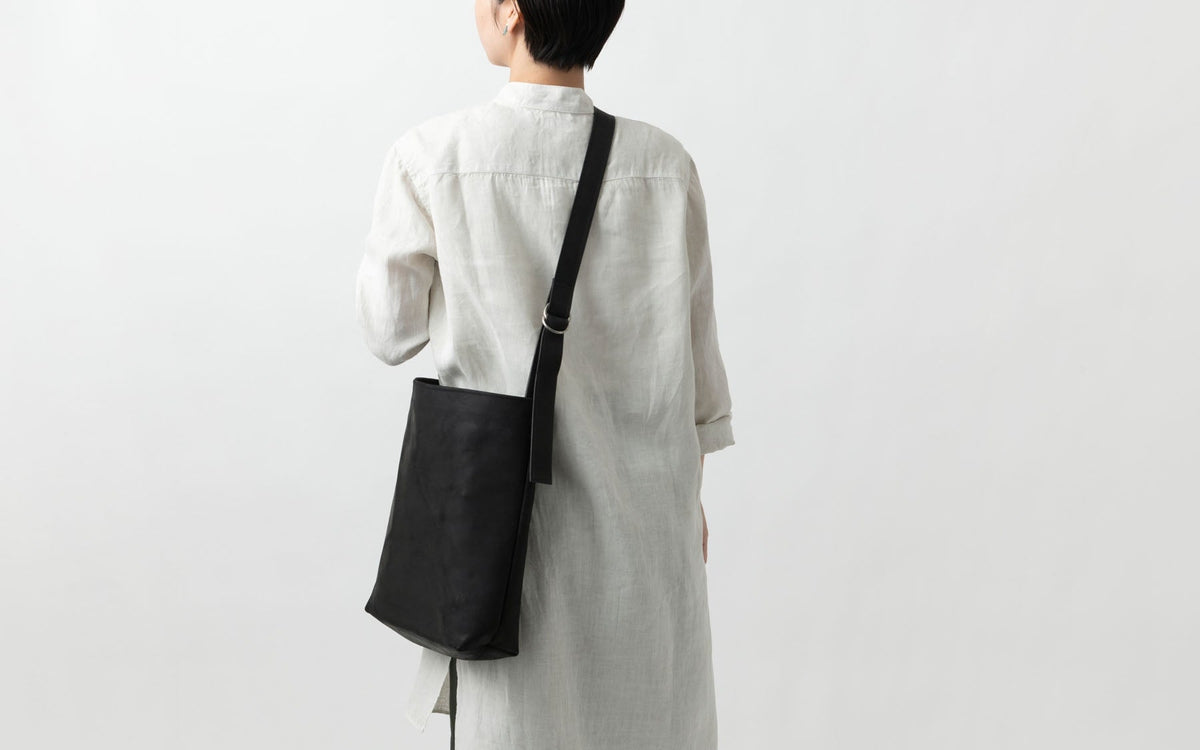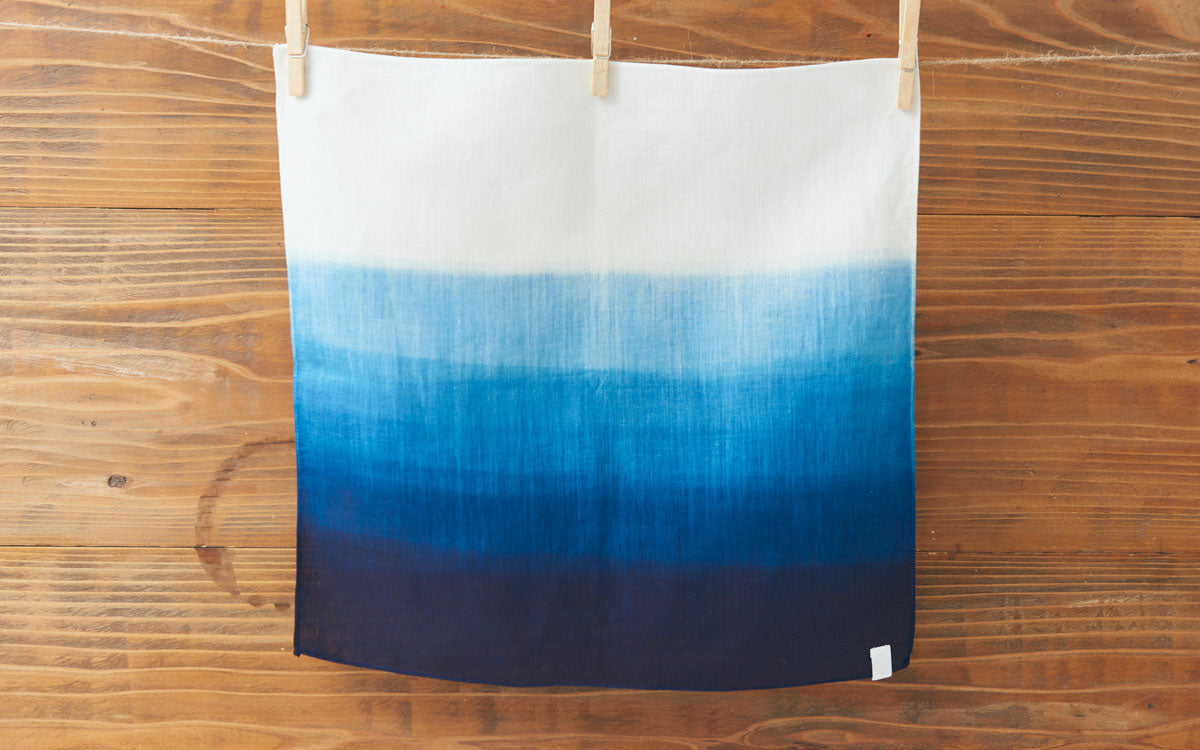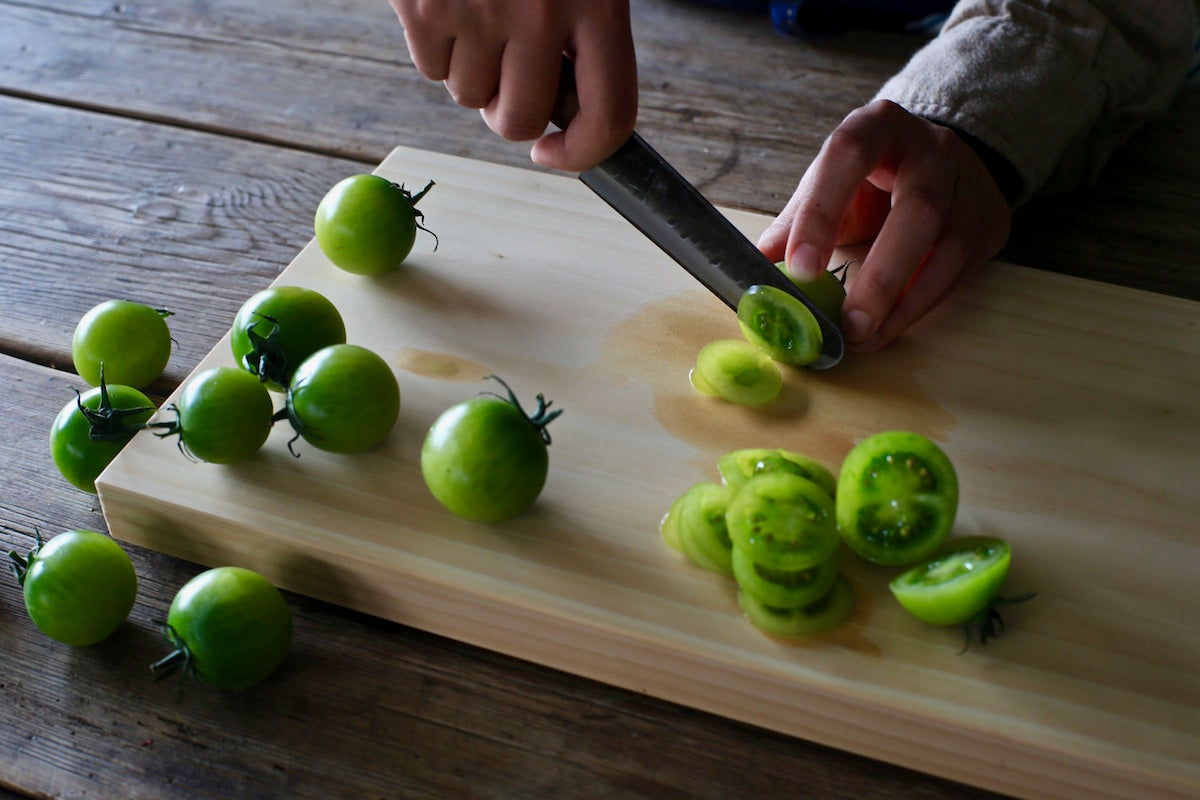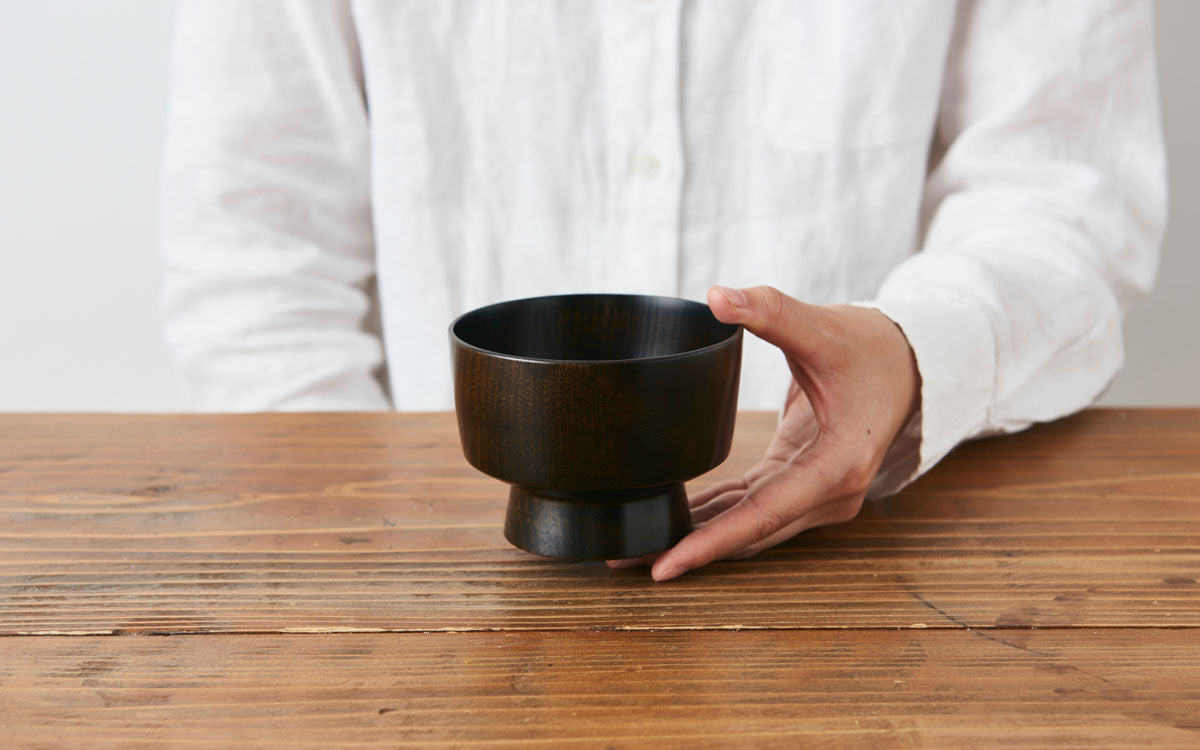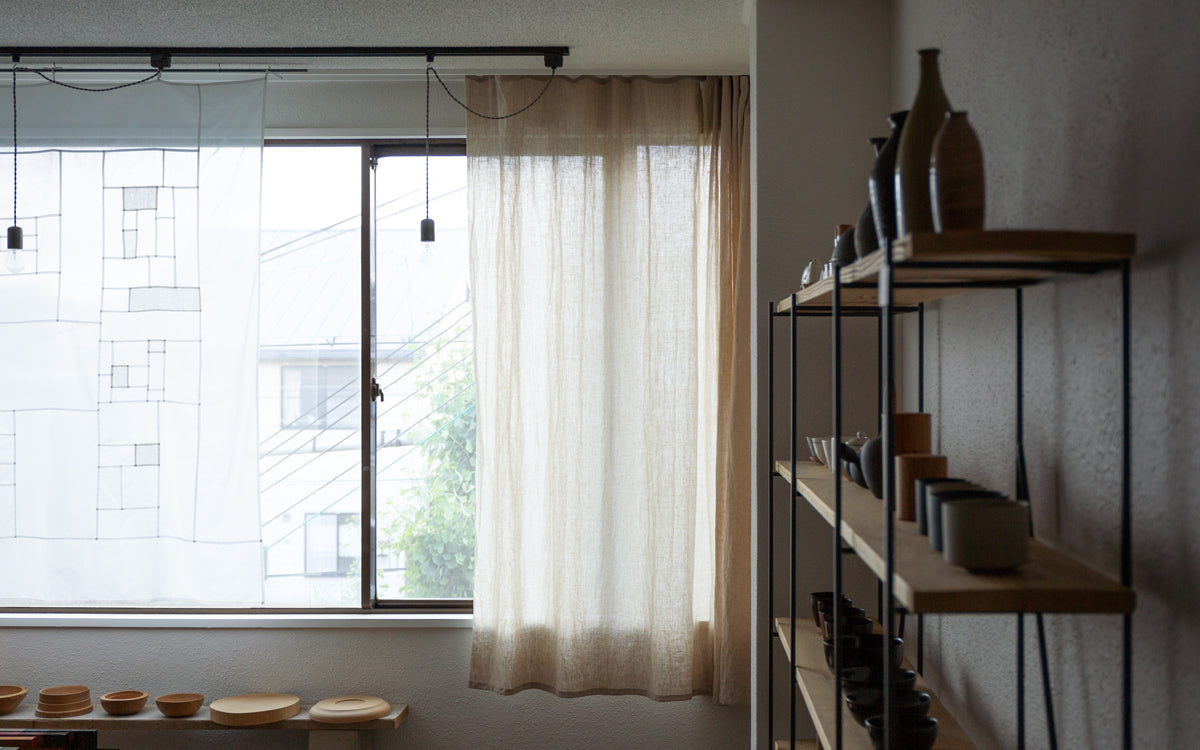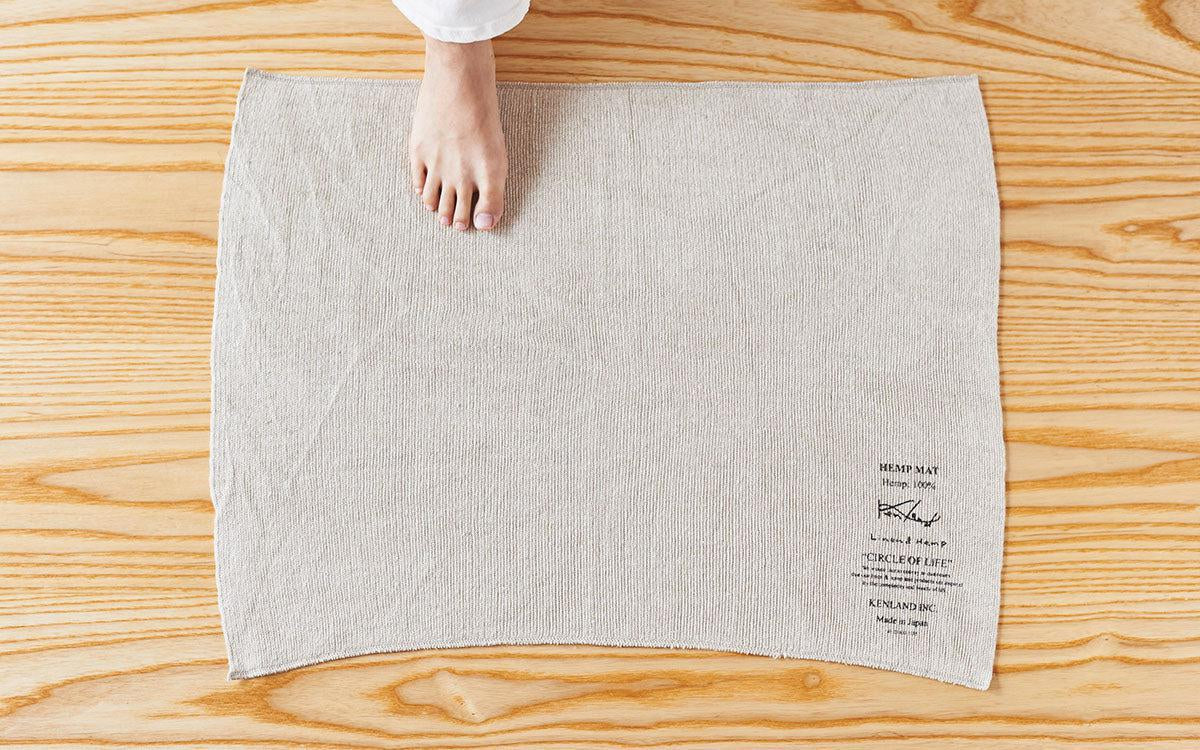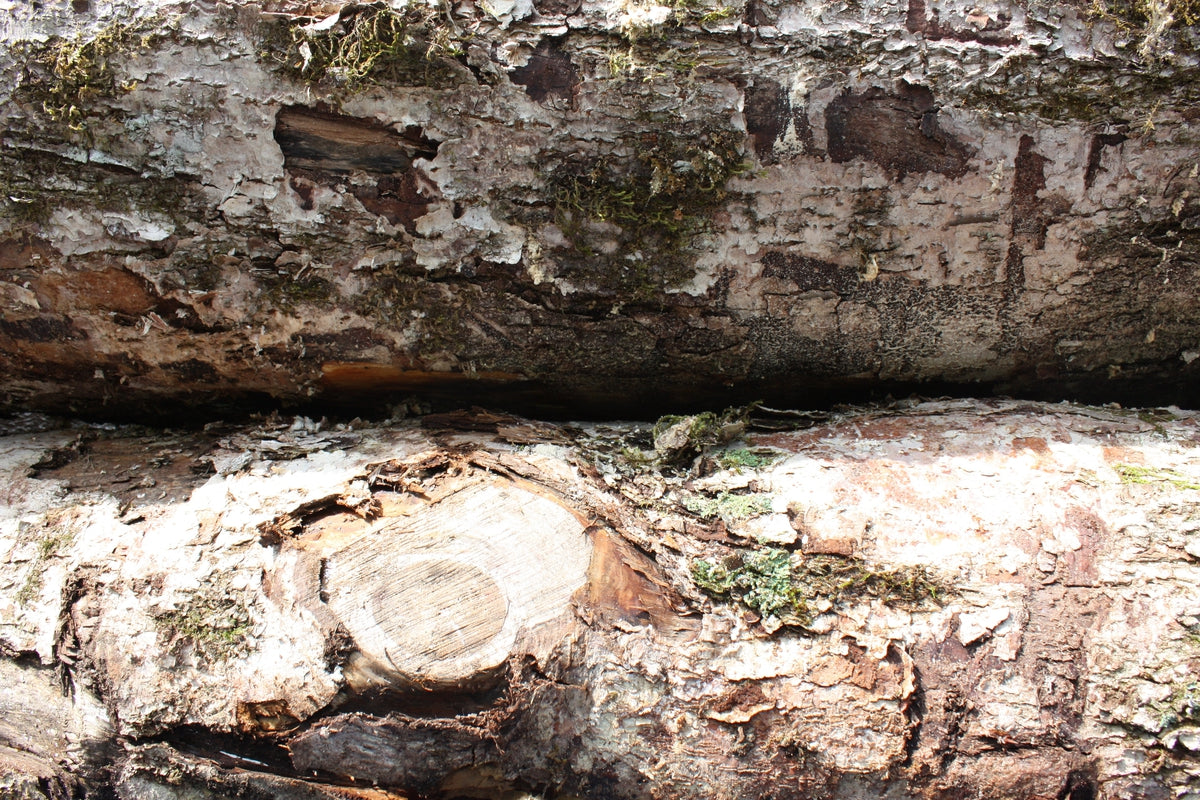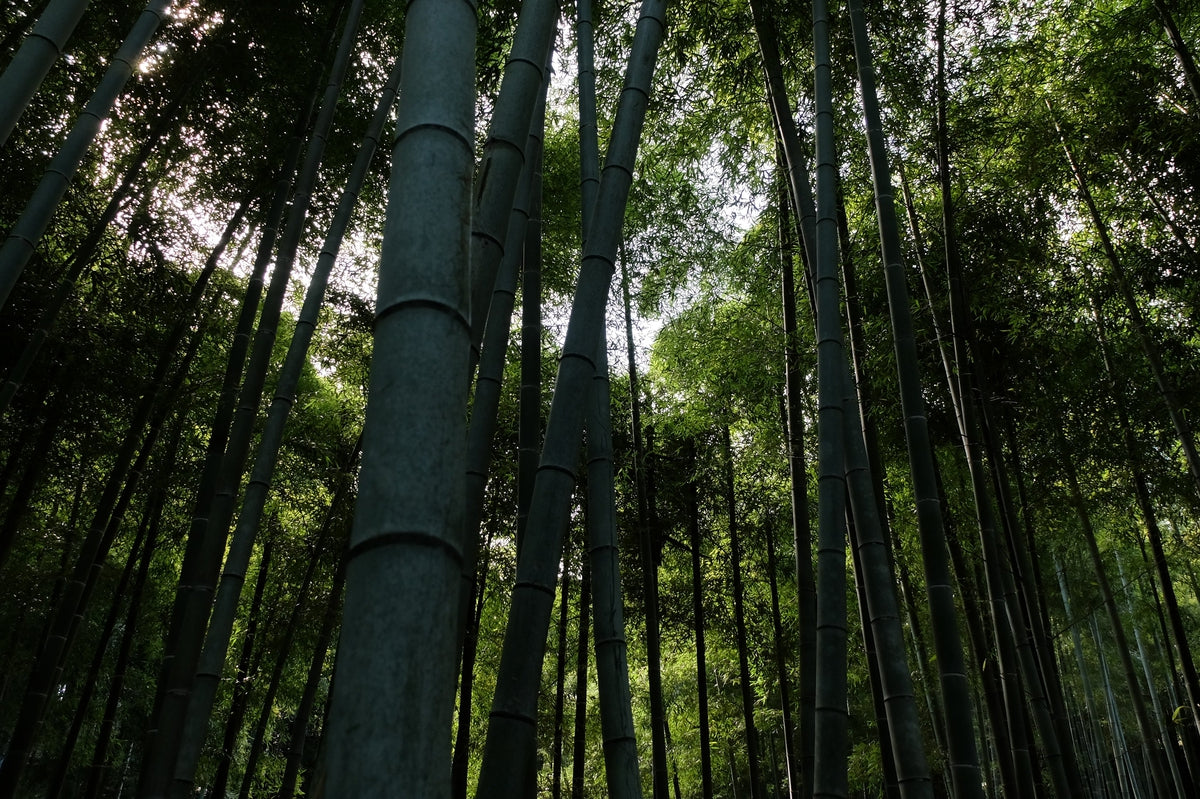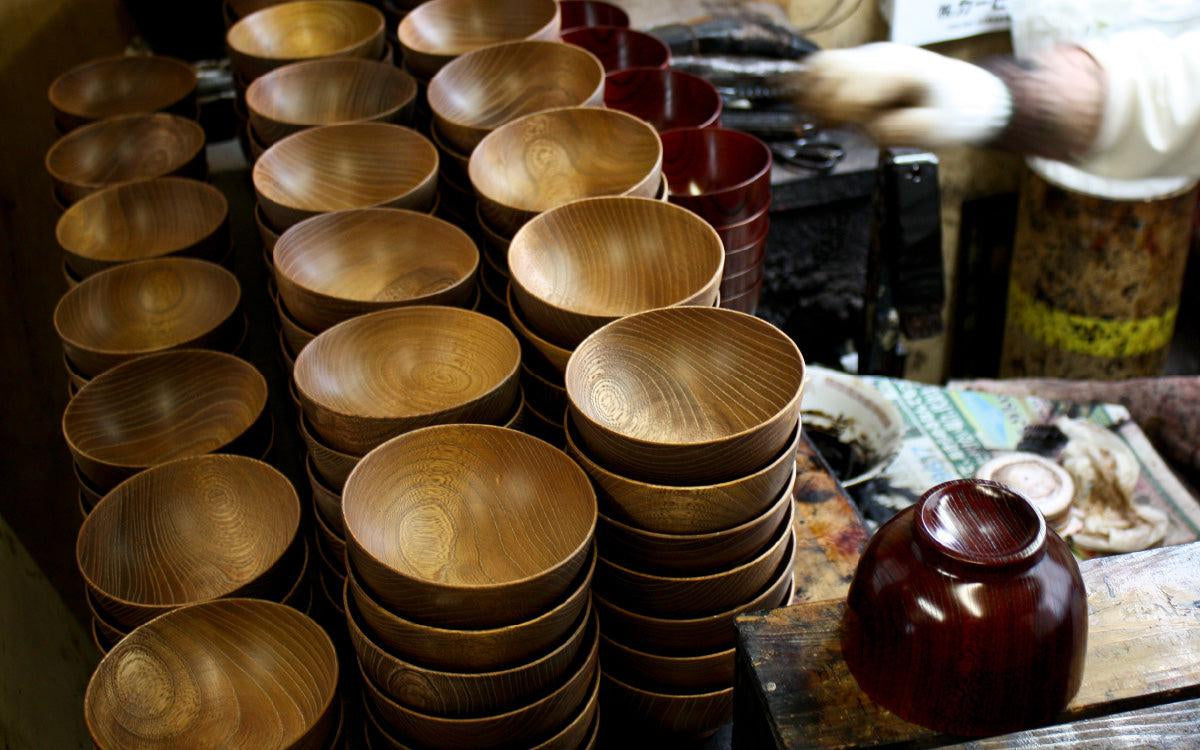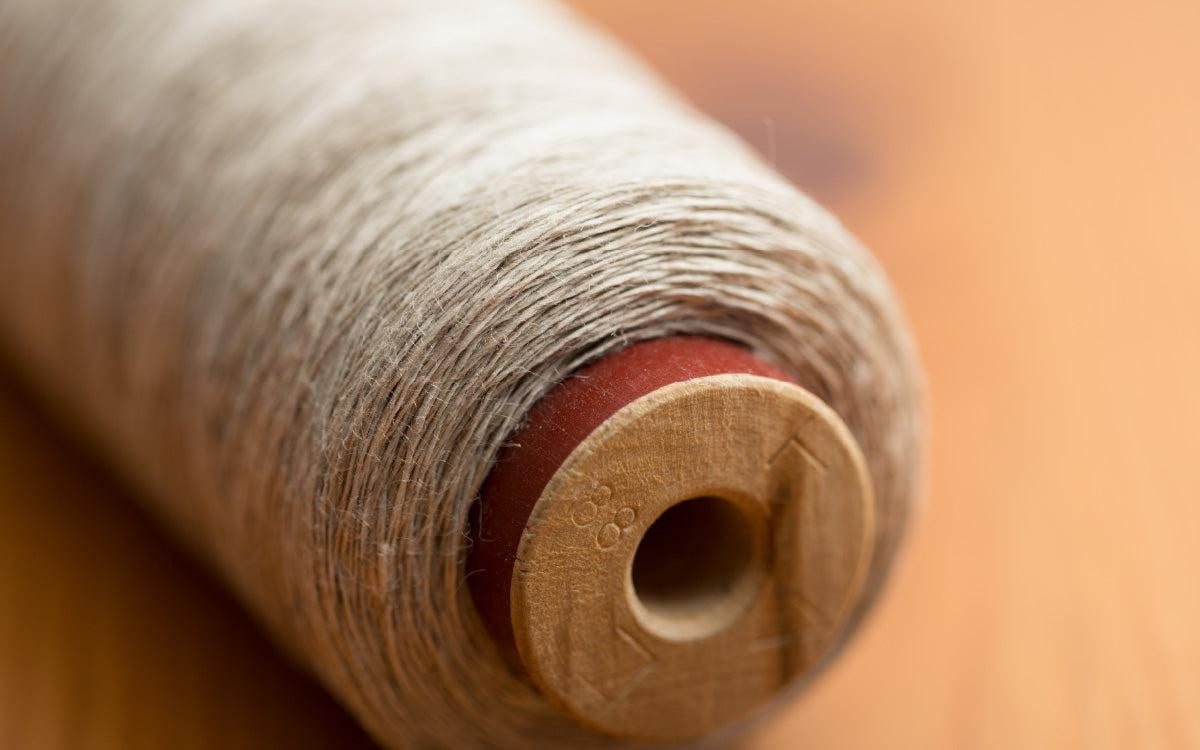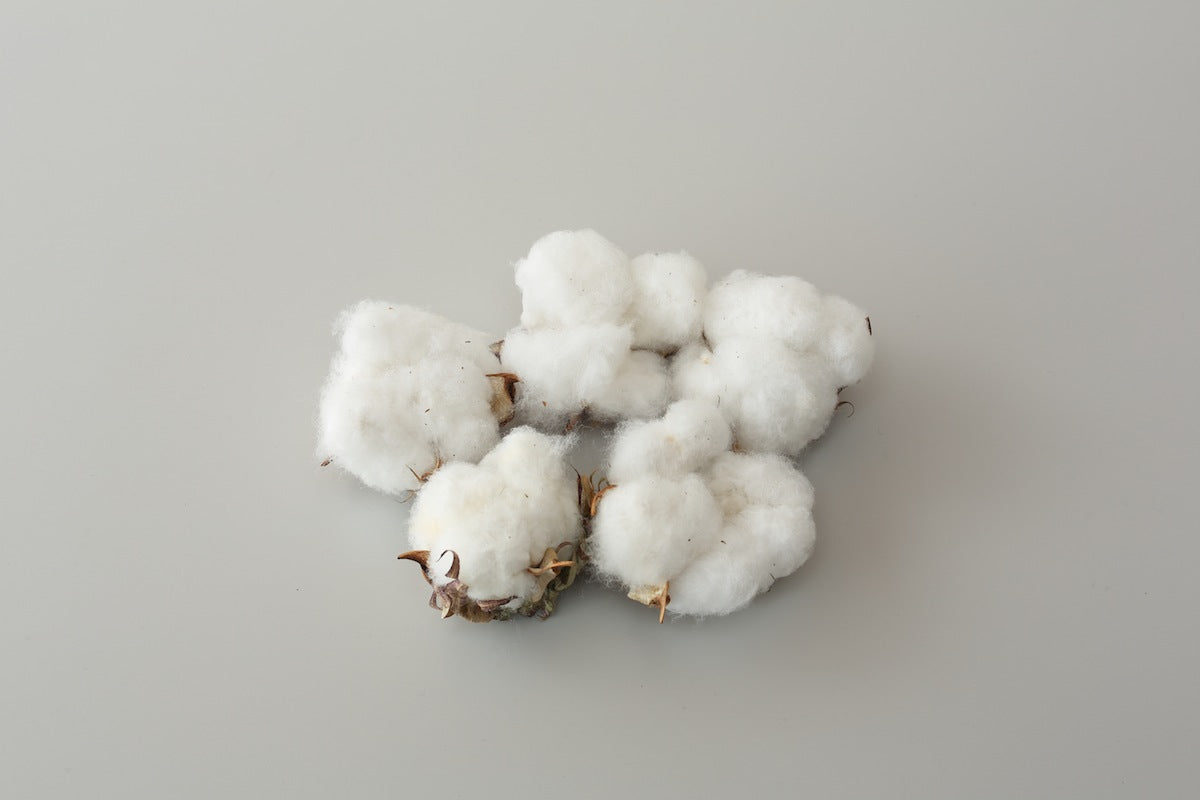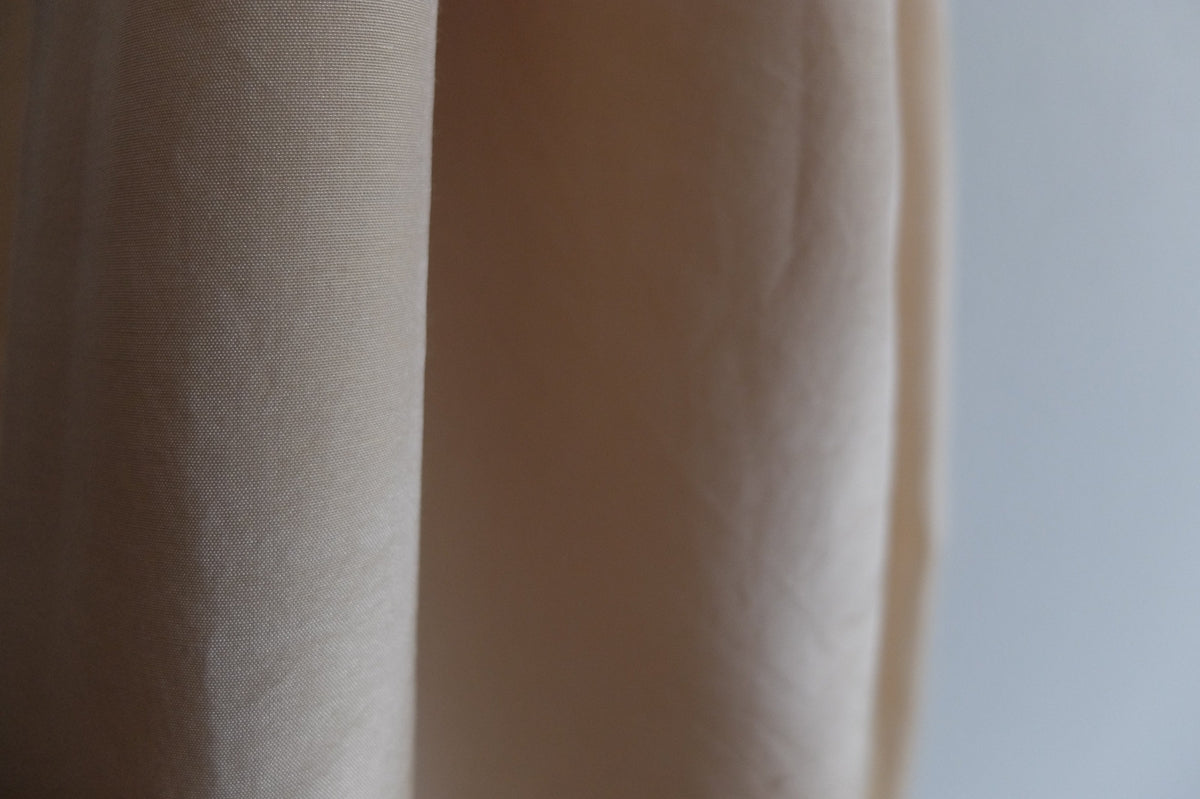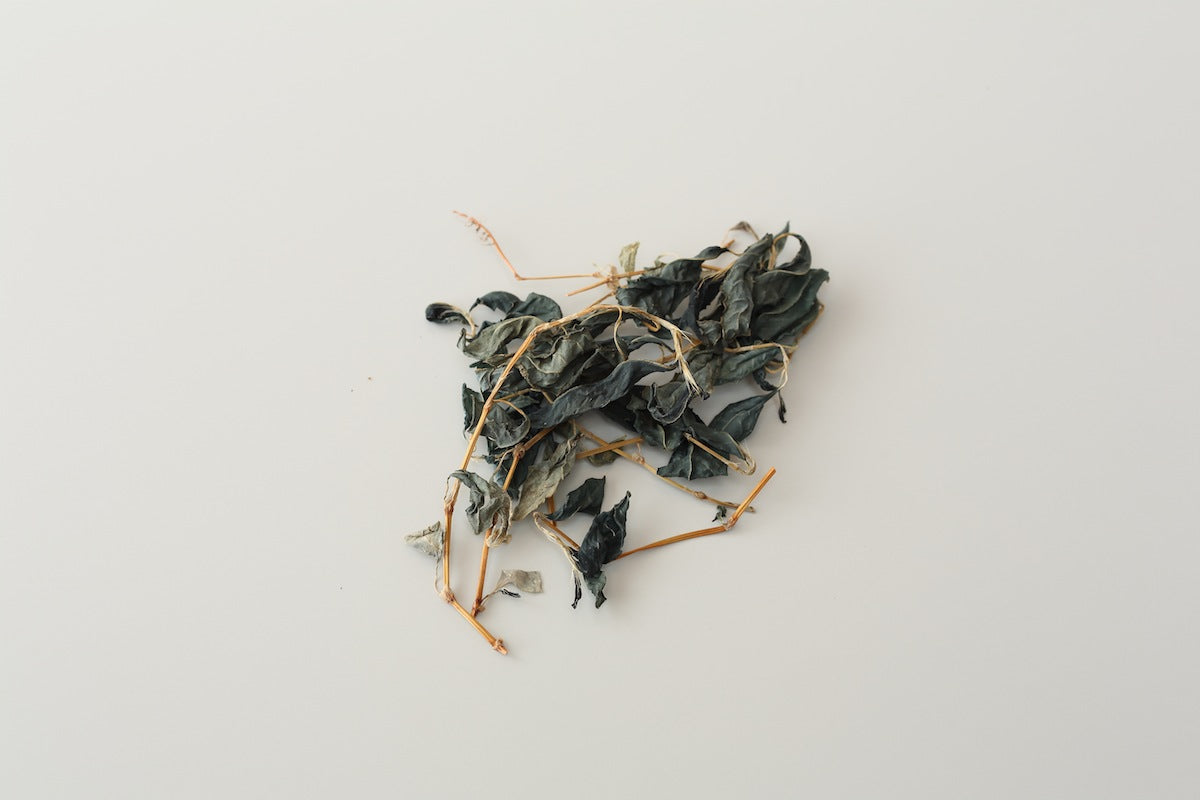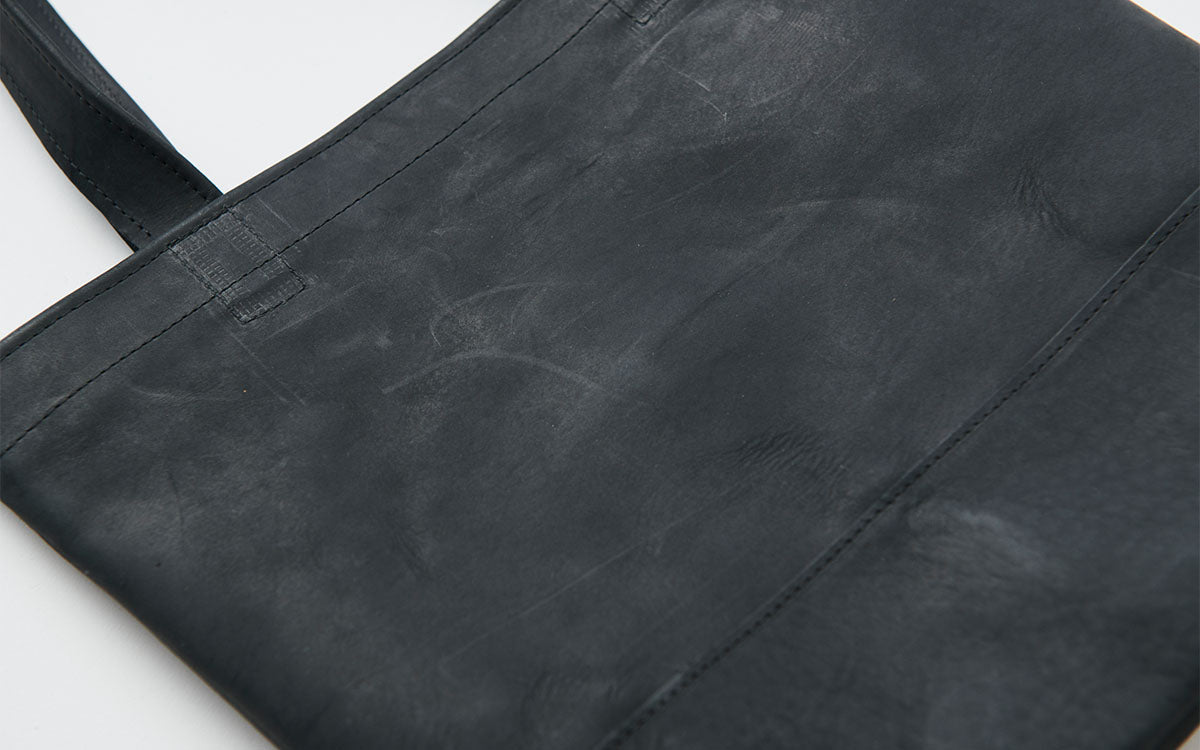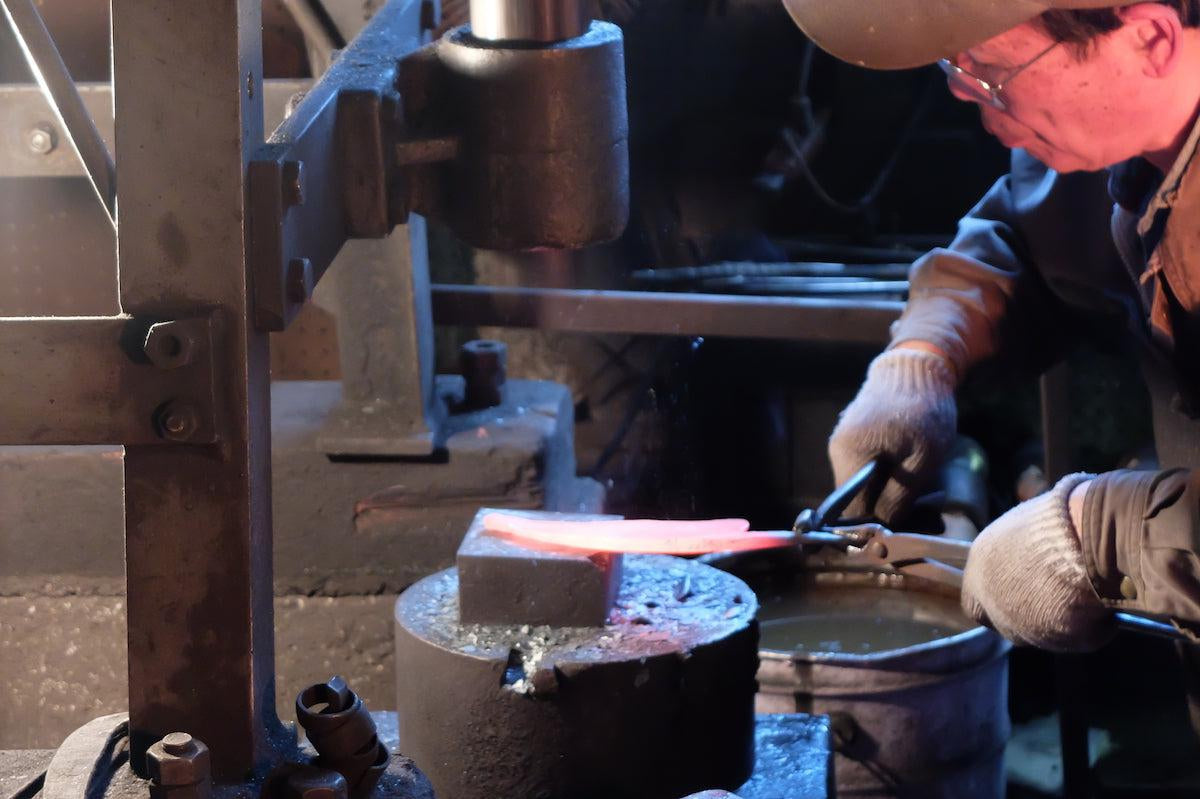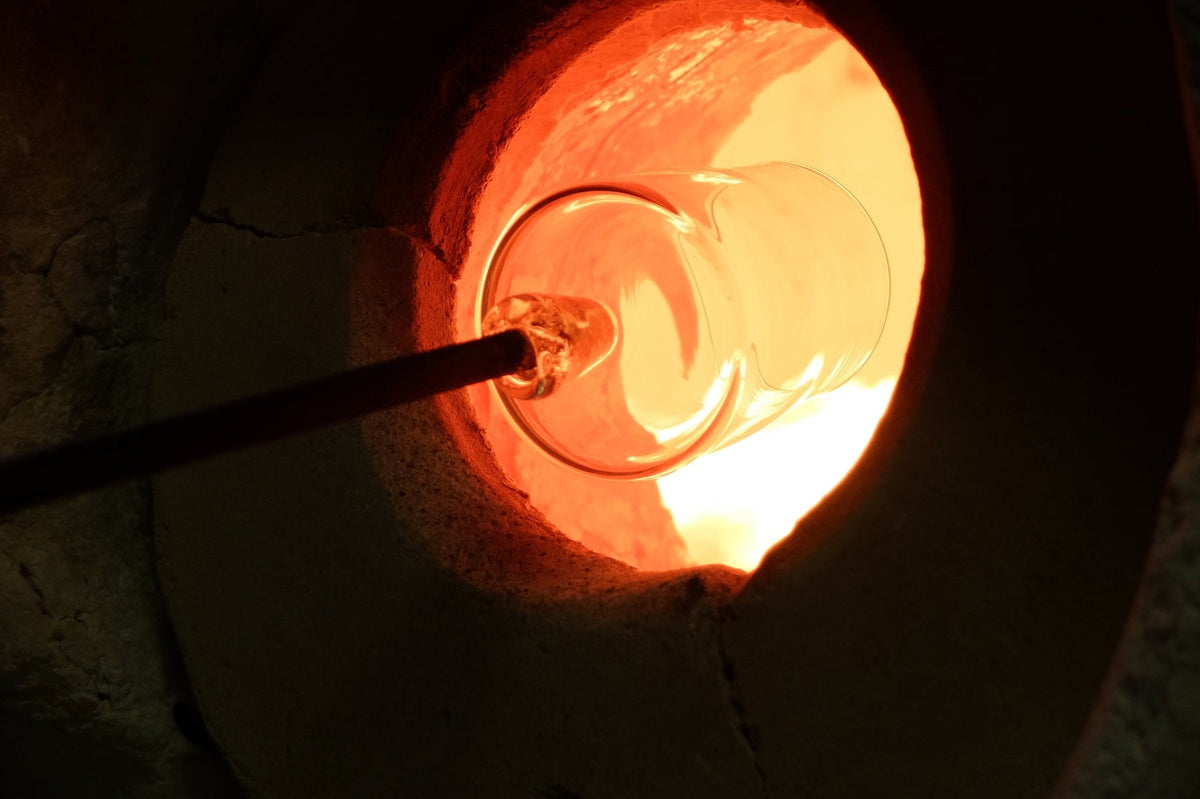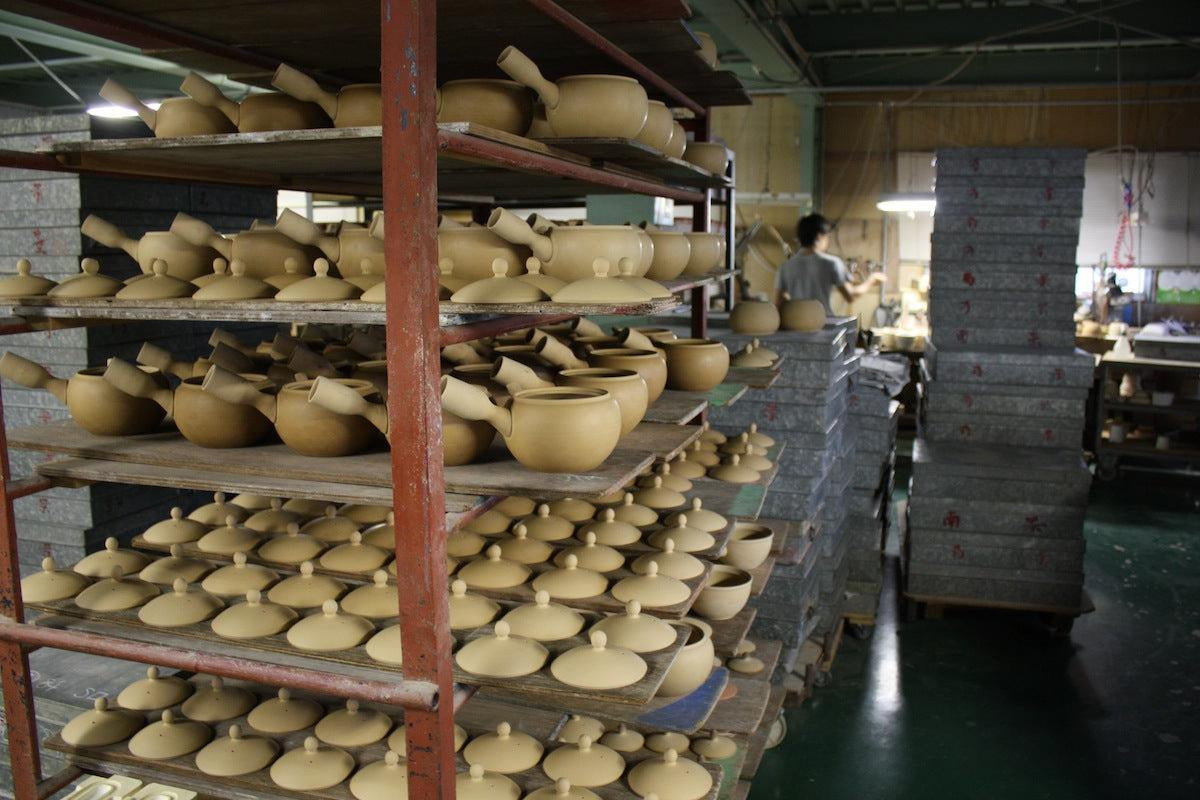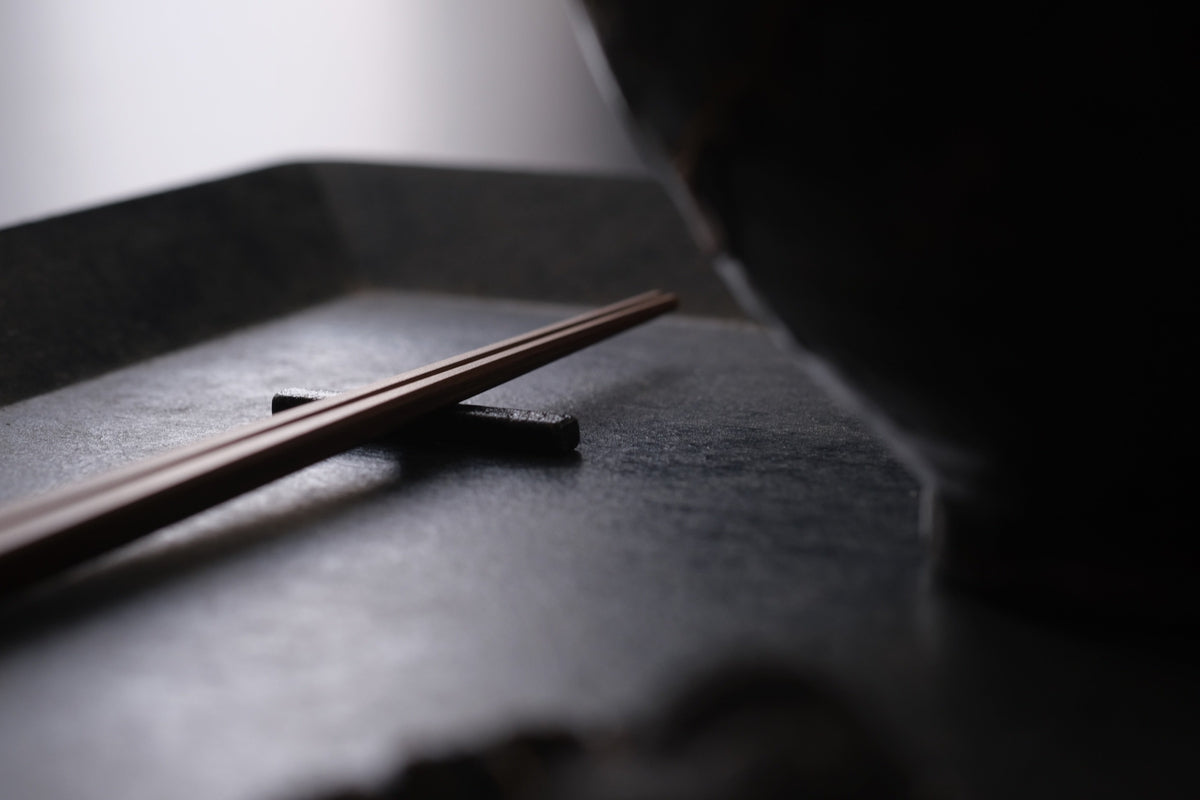frame porch <Ezo buckskin black dye/with L gusset> Leather shoulder pouch
Couldn't load pickup availability
* Photo 1-13 is a Honshu deer from Wakasa Town, Tottori Prefecture that I have made so far. The products on this page are photos 14-20, which are Ezo deer from Tokachi, Hokkaido.
The model and specifications are the same, but only the leather is different. Since they are both deer, they have the same soft characteristics, but Ezo deer are slightly thicker and plump. Because it is soft, all Ezo deer products are lined with linen cotton (unbleached). It is dyed with a brush, called Okazome, instead of the usual permeation dye.
ー ー ー ー ー ー ー ー ー ー ー ー ー ー ー ー ー ー ー
The popular frame porch (L) size gusseted type. It has more capacity than without a gusset, is easy to put in and take out, and has a soft and fluffy appearance.
If you remove the removable cowhide strap, you can enjoy a wide variety of ways to carry it, such as a handbag, crossbody, or over the shoulder.
As a main bag or as a sub bag. Although it has a good presence and a mature atmosphere, it has a natural appearance that is not too luxurious. The material, shape, and construction are all well-balanced, and there is an atmosphere that is unlikely to exist.
The leather is Gibier leather, which is purchased directly from hunters instead of from leather shops, which is a feature of Mr. Takamizawa's craftsmanship. of Hokkaido Deer skins caught in Tokachi are tanned with tannin and dyed with Okazome. Deerskin is soft and has a smooth surface.
The inside is lined, and the bottom of the gusset is sewn with a piece of the same leather as the surface, making the bottom sturdy. There are no partitions or pockets.
The metal fittings are also original metal fittings made at a small town factory in downtown Tokyo. It has a vintage-like texture that goes well with the leather material, giving it a sharp impression and an easy-to-use shape.
[Creator]
A work by Atsushi Takamizawa of Six-clothing, who has a workshop in the back alley of Kappabashi, a wholesale district of cooking utensils in Tokyo.
Normally, leather materials procured from leather wholesalers are used in most cases, but Takamizawa's production is a little different.
The leather used is procured from hunters in Japan. Therefore, the skins used are animals that live in the forests of Japan. It is very rare to be able to tell when and where a leather product was caught. Recently, we often hear the word “Gibier” in food, but this word refers to the meat of natural wild birds and beasts obtained by hunting. Because this leather is used, it is also called gibier leather. It is the skin of animals that are not commonly used, such as bears and deer.
Setting up a workshop in the back alley of Kappabashi, a food-related cooking utensils wholesale district, also shows the attitude of Mr. Takamizawa, who values the leather craftsmanship, "taking life". Of course, the design and craftsmanship of the product are good, but even among the leather product makers, these thoughts are especially strong.
Leather is made from skin that is a by-product of the meat you eat. We buy a single piece of leather and use it up without throwing it away. At PINT, I purchased this ink-dyed deerskin and undyed bearskin for two cows. By tanning this leather, it becomes a so-called leather material. Of course, both are vegetable tanned.
I also use parts that would normally be avoided because they would be difficult to make into a product. Avoid parts that are torn or that interfere with use, but since it is animal skin, there are scratches and wrinkles. I use the whole thing too.
There are a lot of leather products out there, but I think that Mr. Takamizawa's works are comfortable to use and have a slightly different feel to them.
About Mr. Takamizawa's production, For more information, please see the list of articles on manufacturing gibier leather .
▼Photo
1-13 Past work of another leather Honshu deer
14 frame porch L with gusset (left) and without gusset (right)
15-20 The work on this page Ezo Deer
17・18 front and back of individual A
19/20 front and back of individual B
21 December 2022 Ezo deer's first production
【material】
Body: Yezo deer (Hokkaido, Tokachi) December 2022 Tannin tanning and black dyeing (Oka dyeing)
Lining: linen cotton
Handle/Shoulder strap: cowhide leather
*The handle and shoulder strap are integrated and cannot be separated.
Hardware: Brass
【size】
Body: Length 18 cm (body 17 + clasp 1 cm) x Width approx. 19 cm x Depth 10 cm
*Width of mouthpiece opening: 14.5cm
Shoulder strap: 103 cm including metal fittings
A handle: 42cm including metal fittings
【specification】
no pocket
Linen cotton lining
The gusset bottom has a leather sole made of the same material as the front
Removable shoulder strap and handle
[About handling]
It will be the same as general leather products.
If you have any questions, please feel free to contact us.
*Frequently Asked Questions/Supplementary Comments*
・There are individual differences in the expression of the leather.
List of #six-clothing Atsushi Takamizawa








